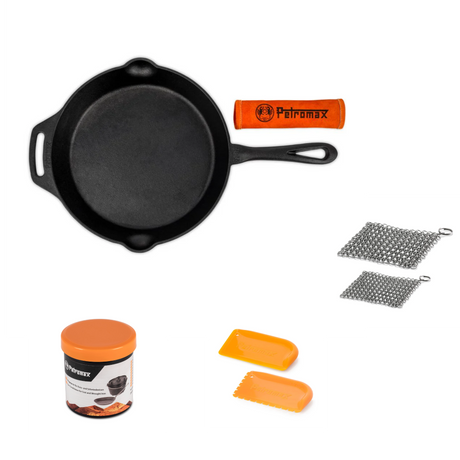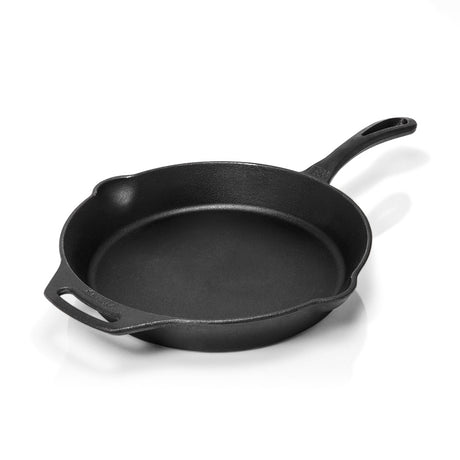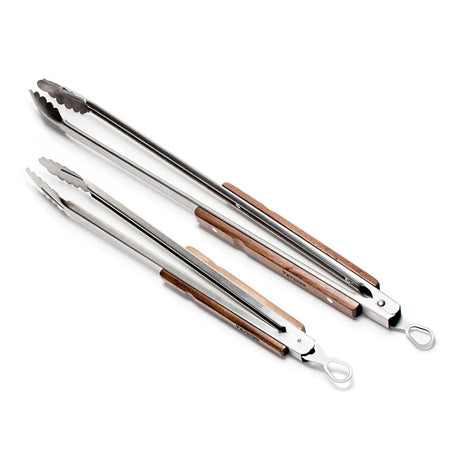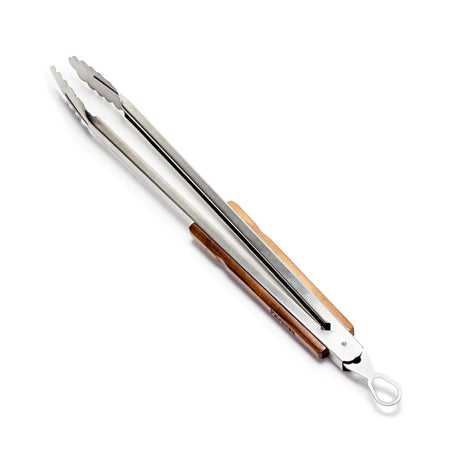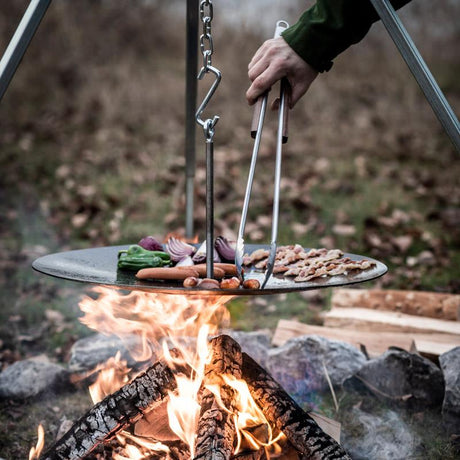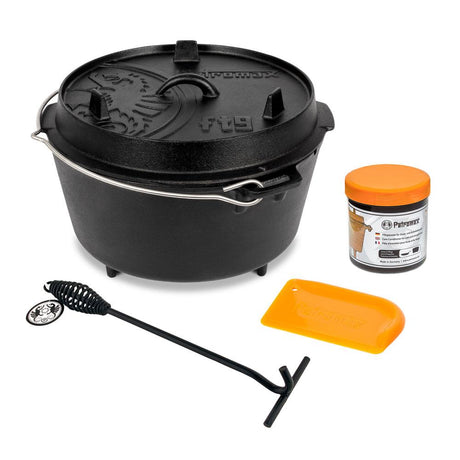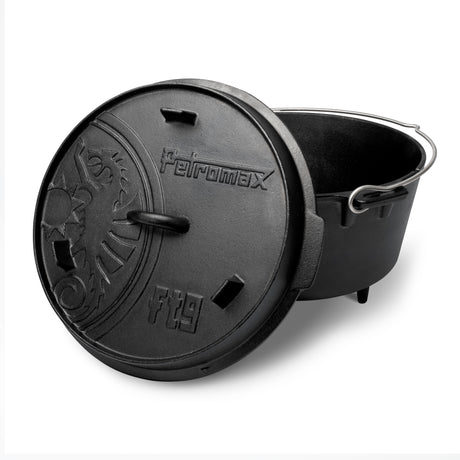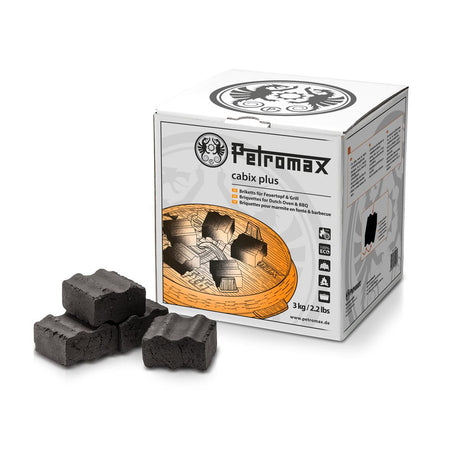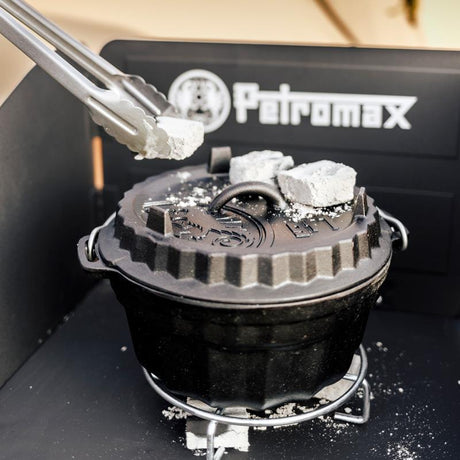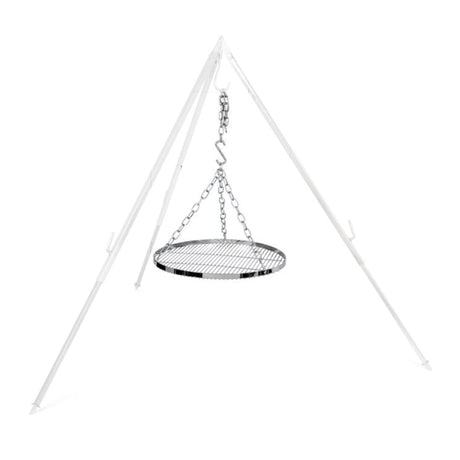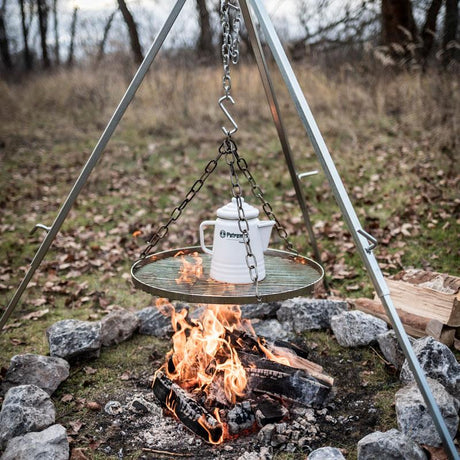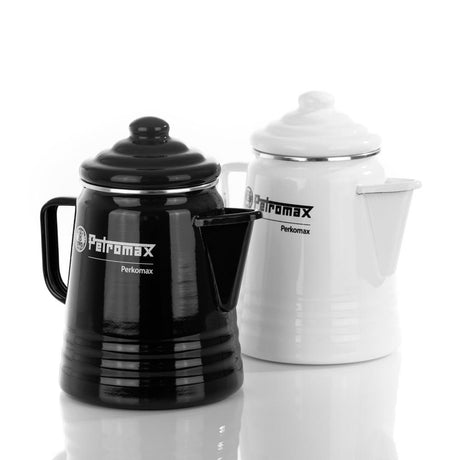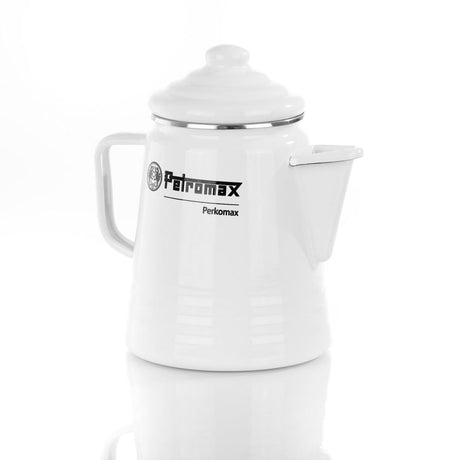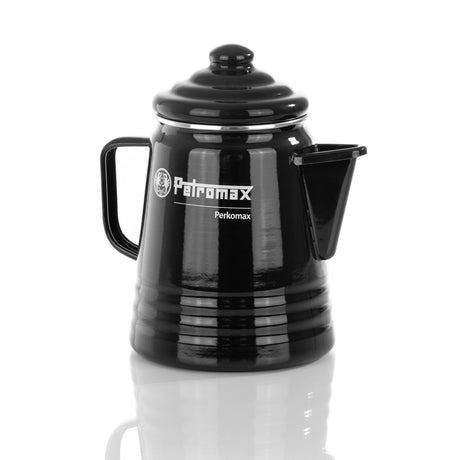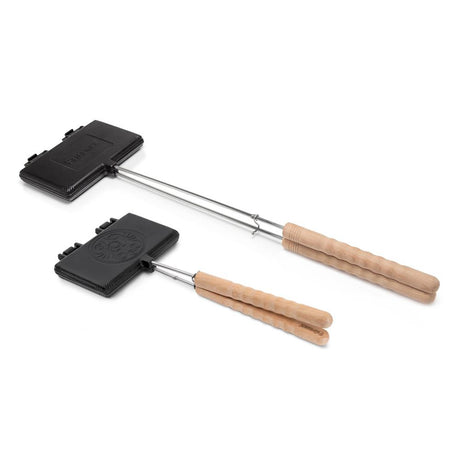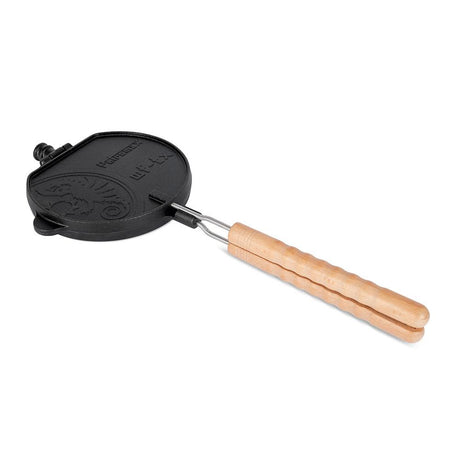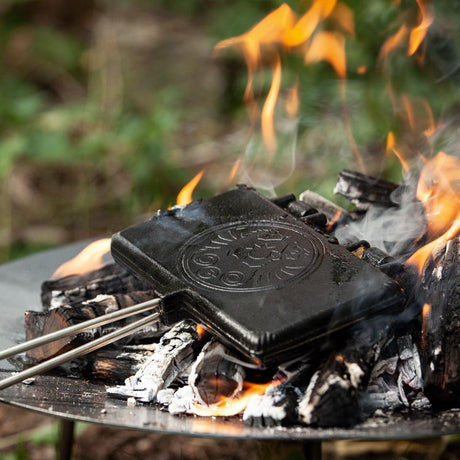When snow falls, the world changes. Sounds become quieter, colors fade and the landscape turns into an endless sea of white. For photographers, this is pure magic - but also a challenge. The camera goes crazy, fingers freeze and the snow suddenly looks gray in the pictures instead of bright white.
But with the right tips and a little preparation, you can take photos in winter that convey a unique mood - clear, calm and impressive. In this article, we'll show you what to look out for, which camera settings work, what equipment you need and how to protect your equipment in frosty conditions.
Table of contents
Why is taking photos in winter particularly worthwhile?
Which camera settings are important when taking photos in winter?
What are the best subjects and photo ideas for winter photos?
Tips for nature photography in winter: How do I create perfect winter landscapes?
How do I make the most of the light in winter for more beautiful photos?
How do I protect my camera from the cold, wet and snow?
What equipment do I need for a successful photo tour in winter?
What common mistakes should I avoid when taking photos in winter?
Key points to summarize
Why is taking photos in winter particularly worthwhile?
Winter days have their very own magic. When the sun streaks flat across the horizon, your breath freezes in the air and every snowflake sparkles in the light, you get pictures that you simply can't get in summer.
Special light and clear air
The sun is lower in winter. This makes the light softer and warmer and creates longer shadows - a photographer's dream. Even at midday, atmospheric photos can be taken because the sun is never as high as in summer. And because cold air contains less moisture, it is particularly clear - ideal for capturing details and colors in razor-sharp detail.
Tip: Use the early morning hours. When the frost is still glistening on the grass and fog hangs over the fields, you can capture images with incredible depth.
Silence and atmosphere
Winter brings with it a silence that you can almost hear. This silence can be captured wonderfully - in vast snowy landscapes, lonely trees or a deserted path that winds its way through the frost.
Example: Try photographing tracks in the snow - whether of wild animals or people. They tell stories and give your picture a narrative character.
Structures and contrasts
Snow creates clear shapes. A dark tree against a white background, a red house in the winter light or icicles glistening in the sun - these are strong contrasts that bring your photo to life.
 Which camera settings are important when photographing in winter?
Which camera settings are important when photographing in winter?
Winter photography is technically more demanding because the snow and cold challenge the camera. But don't worry: with the right settings, you can capture any subject perfectly.
Exposure
Snow reflects a lot of light. Cameras often misinterpret this and darken the image - the snow then looks gray.
Solution: Set the exposure compensation to +1 to +2 EV. This keeps the snow bright and natural. Check the result with the histogram - it should extend to the right edge without "eating out" into the white.
Shoot manually
If you want full control, switch to manual mode. This allows you to set the aperture, shutter speed and ISO yourself.
- Aperture f/8-f/11 for sharp landscapes
- ISO 100-200 for the best image quality
- Exposure time depending on the subject (e.g. 1/500 s for falling snowflakes or 1/30 s if you want to show movement)
Lens choice
A good wide-angle lens (16-35 mm) is perfect for wide snowfields or mountain landscapes. A telephoto lens (70-200 mm), on the other hand, helps to bring distant subjects closer or to emphasize fine details such as hoarfrost or icicles.
Pro tip: Deactivate the flash. It creates unsightly reflections in snow and takes away the natural lighting mood of the picture.
 What are the best subjects and photo ideas for winter photos?
What are the best subjects and photo ideas for winter photos?
Winter photography offers an infinite number of motifs - and the best thing is that you don't have to travel far to find them.
Classics with a wow effect
- Winter landscapes: Snow-covered trees, icy lakes or paths that disappear in the snow - always an eye-catcher.
- Animals in the snow: Birds, deer or dogs jumping through the white - movement brings life to the picture.
- People in winter: A couple with a thermo mug, children with sledges, hands with steaming coffee - emotions tell stories.
Creative ideas
- Tracks in the snow: Especially beautiful when they lead into the distance.
- Ice structures: Photograph frozen bubbles under ice or icicles against the light.
- Snowflake macros: Use a macro lens or close-up lens to make the delicate shapes of individual flakes visible.
Tip: Pay attention to colors! A red scarf or a colored jacket look particularly intense in front of snow.
Search for a motif
You can often find the best places right on your doorstep. Parks, forests and fields offer countless perspectives. Diffuse light or light snowfall create mystical scenes - perfect for atmospheric photos.
 Tips for nature photography in winter: How to create perfect winter landscapes?
Tips for nature photography in winter: How to create perfect winter landscapes?
Winter landscapes often appear still, but they are full of exciting details. Whether frozen branches, tracks in the snow or clear lines in the frost - there is plenty of photo magic waiting outside if you know what to look out for.
Image composition
Use the foreground, middle ground and background deliberately. A snow-covered stone, a tree or tracks in the snow can serve as a foreground to create depth.
Example: Place a tree trunk in the lower third of your photo, while the horizon is in the upper third - this creates balance and looks natural.
Light and weather conditions
Landscapes look more contrasting in sunlight, but softer and dreamier in fog or snowfall.
Tip: Use cloudy days to get evenly exposed photos without harsh shadows.
Lens choice
A wide-angle lens is suitable for landscapes, a telephoto lens for details or compression. Both together offer you maximum creative freedom.
A little insider tip
Try long exposures. If you use a tripod, you can make movement visible in the snow - such as falling flakes or flowing water under ice.
 How do I make the most of the light in winter for more beautiful photos?
How do I make the most of the light in winter for more beautiful photos?
The light in winter is soft, warm and constantly changing - that's what makes it so special. If you learn to play with it, you can create impressive shots even from simple scenes.
Golden hours
As the sun is low, you have more time for the famous "golden light".
- In the morning (approx. 8-10 am): Frost, fog and cold light
- Midday (approx. 11-14 o'clock): Soft, neutral light
- Afternoon (approx. 3-5 p.m.): Warm tones and long shadows
Use backlighting
Shoot with the sun behind you to get clear details - or against the sun to create magical effects. With backlighting, the snow glistens like a thousand tiny mirrors.
Tip: Use a lens hood to prevent reflections from falling into the lens.
Focal length and lens
A light telephoto lens (85-135 mm) condenses the light and makes the sun's rays appear more intense. With a wide-angle lens, on the other hand, you can capture entire lighting moods.
 How do I protect my camera from cold, wet and snow?
How do I protect my camera from cold, wet and snow?
Sub-zero temperatures and snow are no reason to leave your camera at home - but they do require a little caution. With a few simple measures, your equipment will remain functional no matter how frosty it gets.
Keep batteries warm
Batteries discharge much faster in the cold. Keep them close to your body - in the inside pocket of your jacket or in a small cloth bag with a hand warmer.
Protect your camera from the wet
- Use a rain and snowproof camera bag.
- In snowfall, a plastic bag with a hole for the lens helps - simple but effective.
- After the tour, always allow the camera to dry at room temperature before storing it.
Avoid condensation
When you come inside from the cold: Put the camera in a sealed bag until it has adjusted. This will prevent moisture from condensing inside.
What equipment do I need for a successful photo tour in winter?
The right equipment determines whether you have fun or give up after 10 minutes with cold fingers. Here you'll find everything you need for a successful winter photo tour:
Packing list for winter photos
| category | Equipment category | Purpose |
|---|---|---|
| Camera type | DSLR or mirrorless system camera | Full control over settings |
| Lenses | Wide-angle (16-35 mm), telephoto (70-200 mm), macro | For landscape, details and close-ups |
| Tripod | Stable, frost-proof, with spikes | Indispensable for long exposures |
| Filters | Polarizing filter & grey filter | For contrast and light control |
| Spare batteries | At least 2-3 pieces | Cold shortens runtime |
| Memory cards | Several, weatherproof | Backup for long trips |
| Protective cover | Rain cover or plastic bag | Protection from snow & moisture |
| Cleaning kit | Microfiber cloth, bellows, lens pen | For clear lenses |
| Clothing | Multi-layered, breathable | Warm, but flexible |
| Gloves | Thin, non-slip | Operation remains possible |
| Footwear | Waterproof, with tread | Secure footing |
| Hand warmer | Disposable or reusable | Against cold fingers |
| Thermos flask | Hot drink | Warms and motivates |
| Headlamp | For early or late tours | Safety and light source |
👉 Read also: Dressing properly in winter - how to dress properly in cold temperatures
Tip: Pack your equipment the evening before. If you set off spontaneously, it's easy to forget something important - like a spare battery or microfiber cloth.
What common mistakes should I avoid when taking photos in winter?
Winter photography has its pitfalls, and small mistakes can quickly have a big impact. Knowing these classics will keep you on the safe side, because even experienced photographers make the same mistakes in snow - here are the most common ones:
-
Under-exposed snow:
Always overexpose slightly (+1 EV). This keeps the snow white and not gray. -
Empty batteries:
Cold batteries seem empty - often full again in warm weather. Therefore have several with you. -
Condensation:
Never bring your camera unprotected into the warm - use a plastic bag! -
Wrong clothing:
If you're cold, you won't take good pictures. Better put on one more layer. -
Exposure times too short:
Snowfall looks nicer when you show movement - test longer times!
Key points to summarize
- Winter is perfect for photography: clear light, snow, frost and tranquillity.
- Exposure compensation +1 EV for bright snow.
- Keep batteries warm, protect camera from moisture and condensation.
- Make the most of the light in winter - low sun creates the right mood.
- Good equipment: tripod, protective cover, spare batteries, weatherproof clothing.
- Shootin RAW format for maximum editing freedom.
- Long exposures and contrasts add depth to winter images.
- Plan your tour, pay attention to the weather and light - the rest is creativity.
Conclusion:
Photography in winter is more than just a hobby - it's a little adventure. Snow, frost and light challenge you, but they reward you with pictures that are unique. So pack your camera, put on warm clothes and head out into the cold. The best motifs are out there - you just have to capture them. ❄️📸


